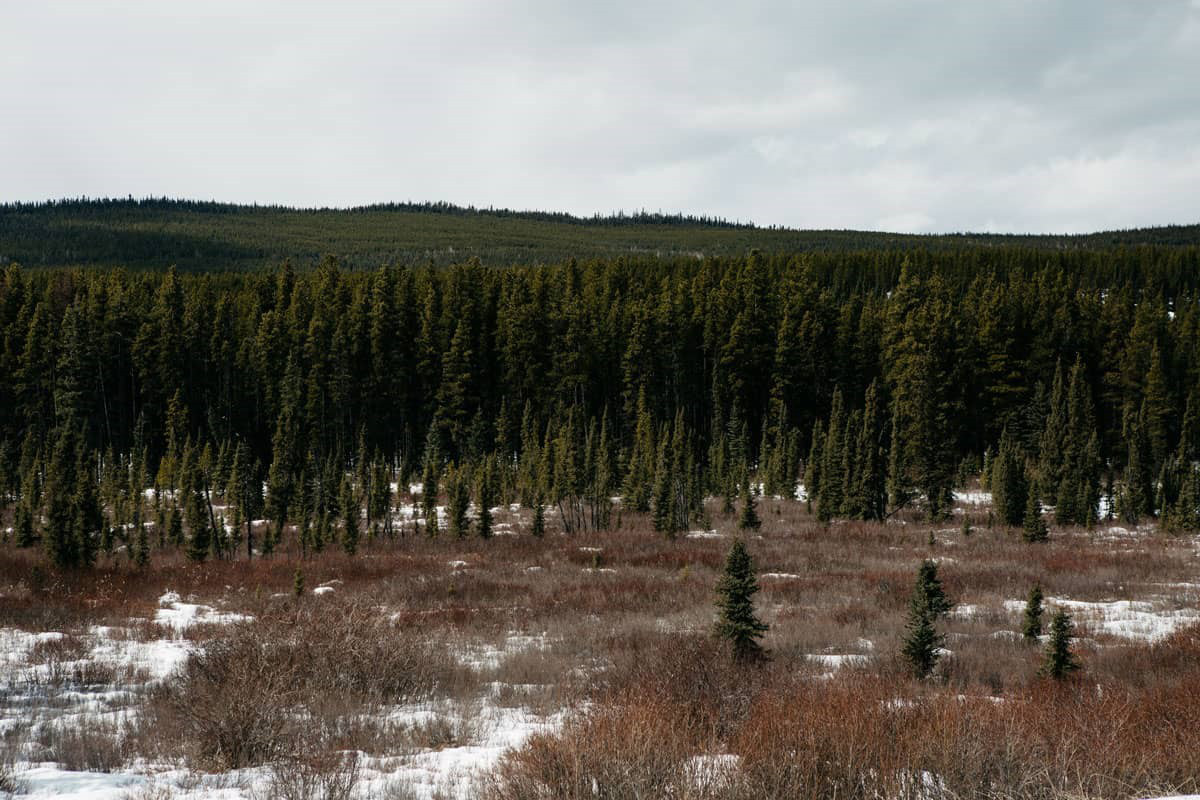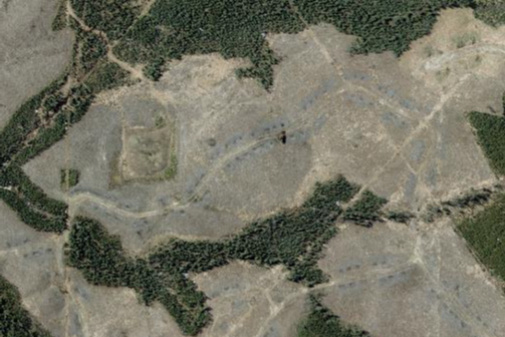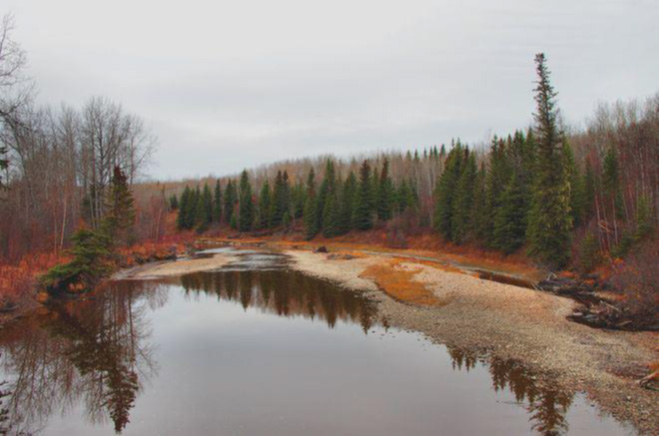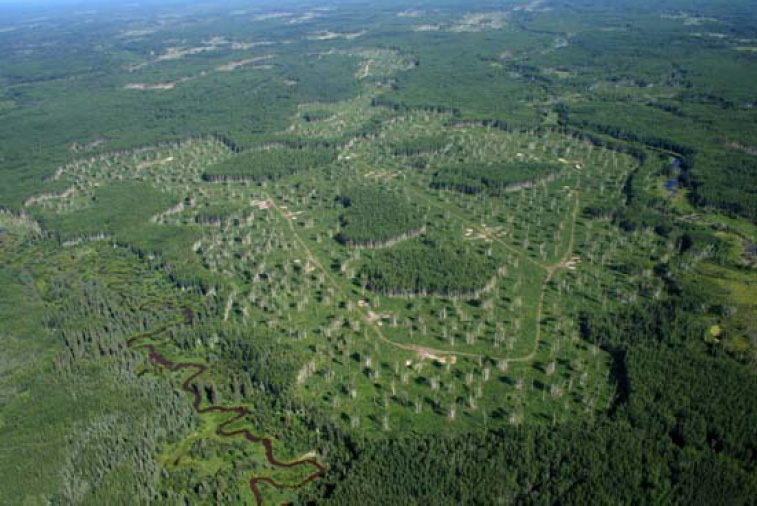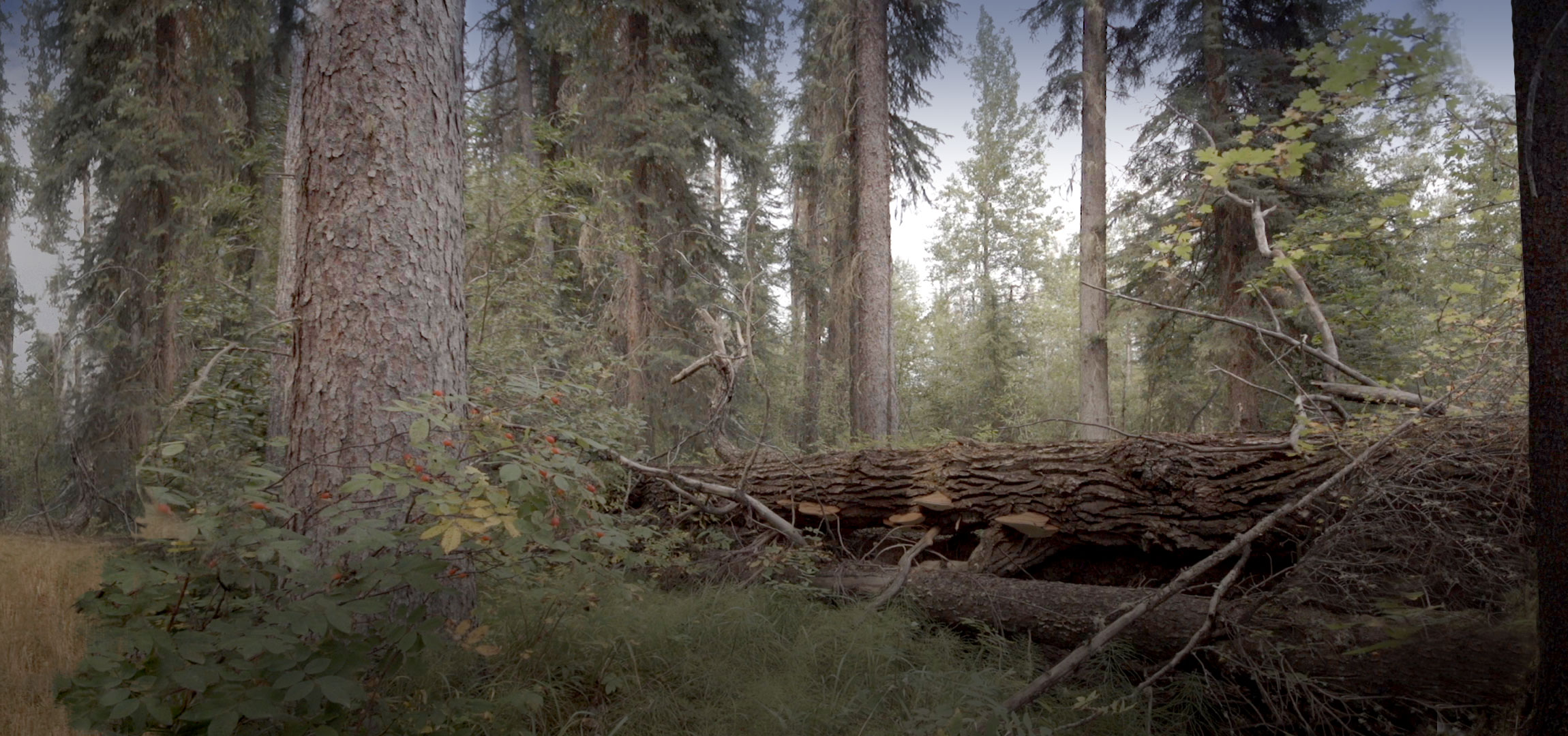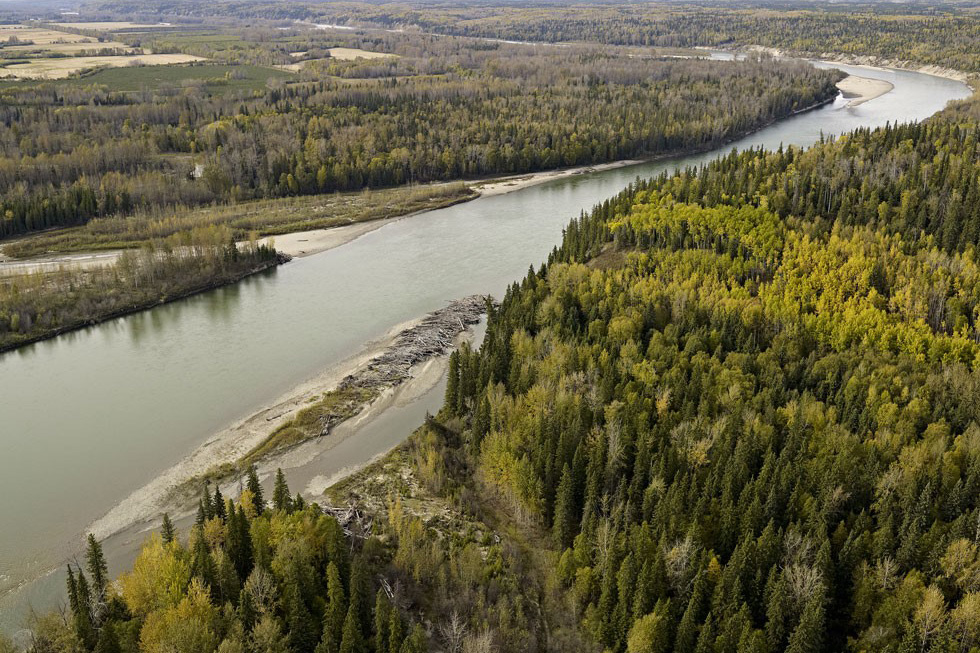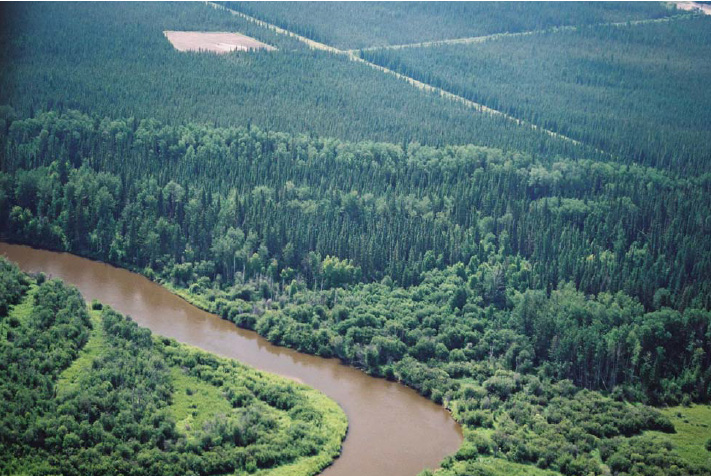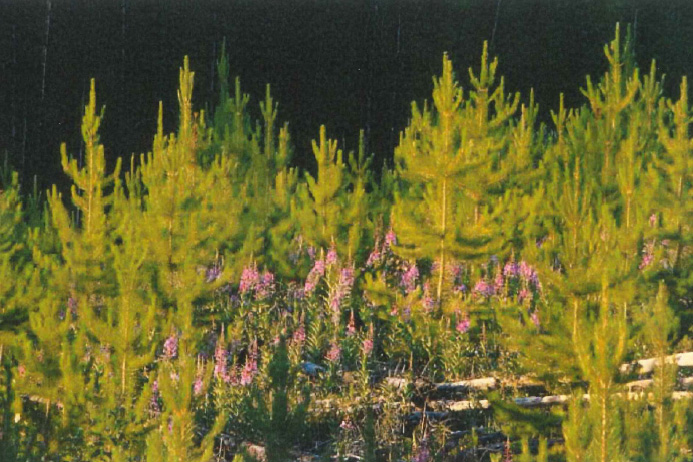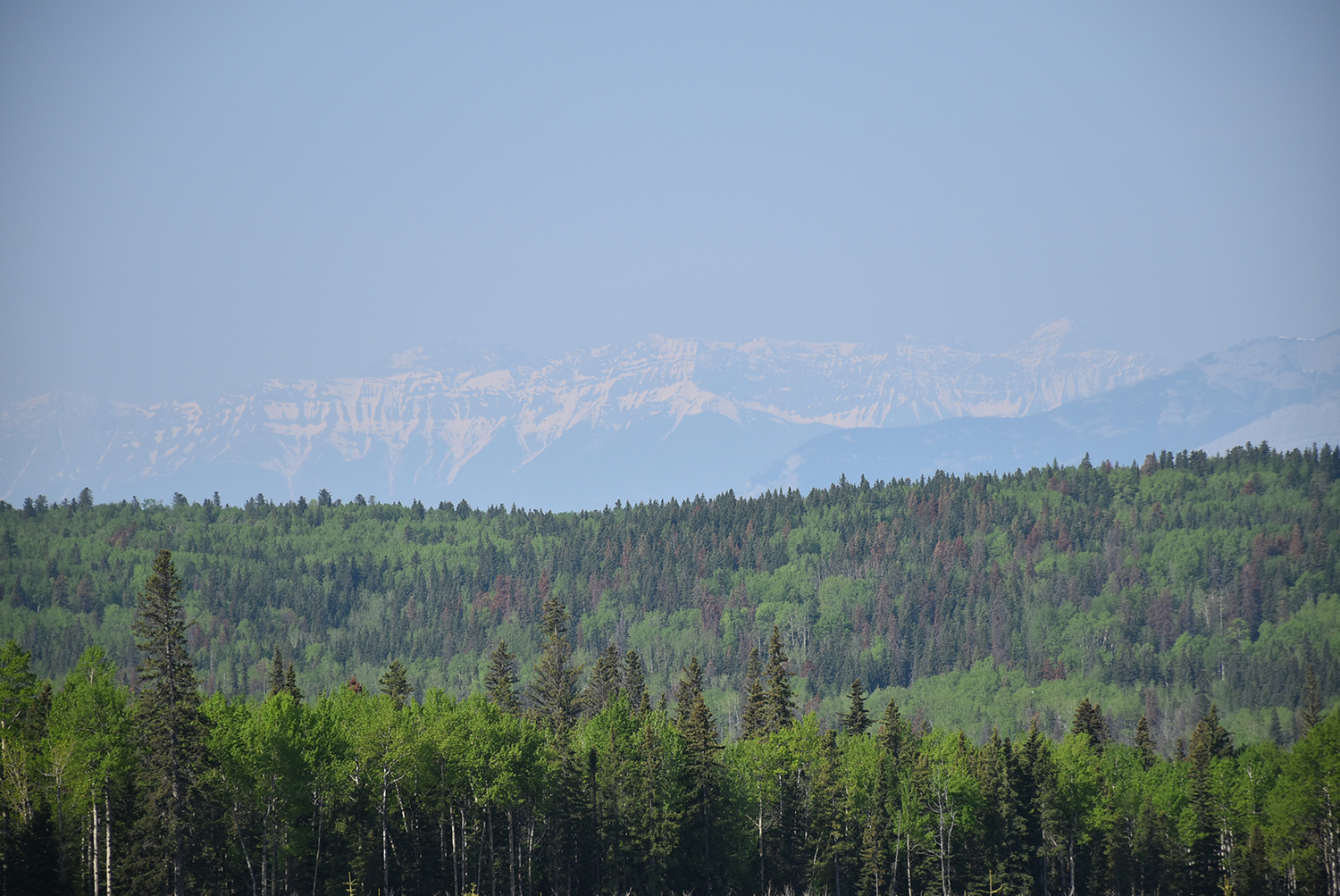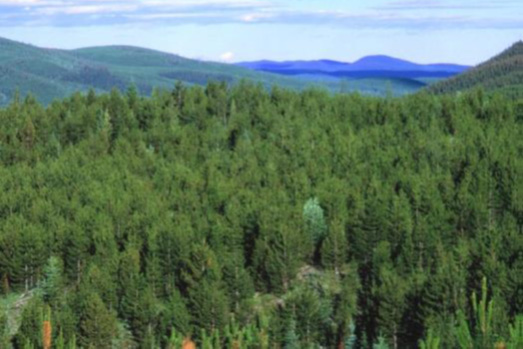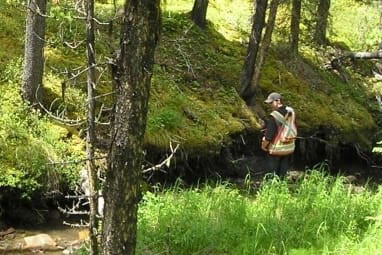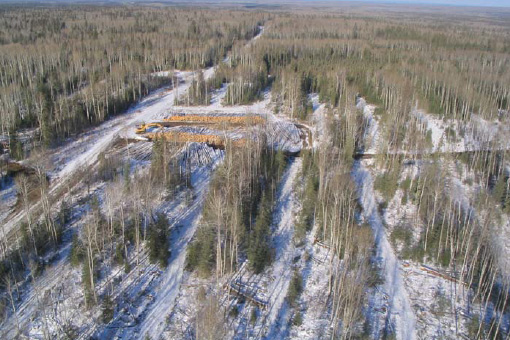This project was a spatial modelling exercise that created coarse-scale, pre-industrial landscape metrics for the Slave Lake FMA area in Alberta managed by West Fraser Mills. The primary goal was to understand if, or in what ways the current conditions of the FMA area align with the historical, pre-industrial “natural” range. The results suggest that parts of the landscape are now beyond its historical range. More specifically, the amount of immature (40–80 years) was in many cases well beyond the upper natural range of variation (NRV) threshold, and the overall amount of young (<40 years) was close to or beyond the lower NRV threshold.
The lack of young forest types is the greatest concern ecologically. A large number of specialized species are dependent on disturbance, creating a smaller, but unique diversity peak in biodiversity within a few years after disturbance thanks to the sudden physical, chemical, and environmental changes. Many parts of this landscape have been experiencing disturbance levels near or below the lower end of NRV for several decades, which minimizes opportunities for disturbance-specialist species.
The greatest management challenges going forward for this landscape from an NRV perspective will be increasing disturbance levels to bring young forest within NRV, and prevent massive areas of the study area becoming mature and old, creating high risk of wildfire and other natural disturbance agents.
The study area also lacks very large old forest patches relative to NRV, although it was not possible to determine the cause(s) of the deviations.
Lastly, the long-term-fire-cycle assumptions under which this model was run were based on the best available information. However, this part of Alberta lacks specific fire history studies with which to make more robust historical fire cycle estimates.







